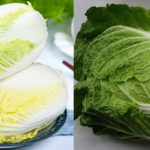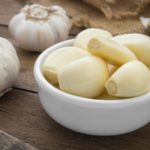Storing and Preserving Chillies
To keep chillies fresh, place them in a plastic bag and store them in the fridge, where they can last for up to two weeks. Dried chillies can be stored at room temperature in a cool, dry place away from direct sunlight and will last for up to four months.
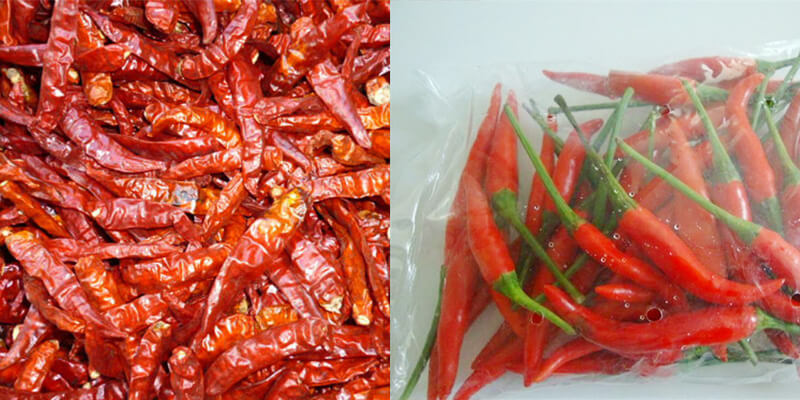
Another way to preserve chillies is to remove their seeds with a knife, soak them in warm boiled water, and then dry them. When you’re ready to eat them, simply soak the chillies in warm water to restore their original texture.
Chillies can also be stored in the freezer compartment of your fridge. After purchasing chillies, remove the stems, wash them, let them air dry, and then place them in a container in the freezer. When you’re ready to use them, take the chillies out of the freezer, wash them again, and they’re ready to be used. This method will keep chillies fresh for a long time.

Using Chillies
Cook chillies before consuming
While chillies can be consumed in various ways, such as raw, pickled, or cooked, it is recommended to cook chillies before eating. Chillies contain a compound called Capsaicin, which can irritate the mouth and digestive system. Cooking chillies helps to reduce their irritant effects.
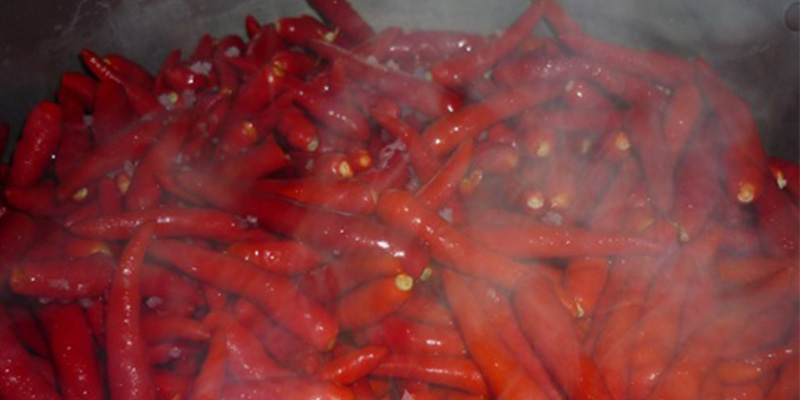
Add other spices to chillies
Chillies are delicious but can be very spicy, hot, and slightly acidic. By adding other spices such as garlic or ginger, you can reduce the amount of chilli needed and create a more harmonious blend of flavours. This will make consuming chillies a healthier experience.
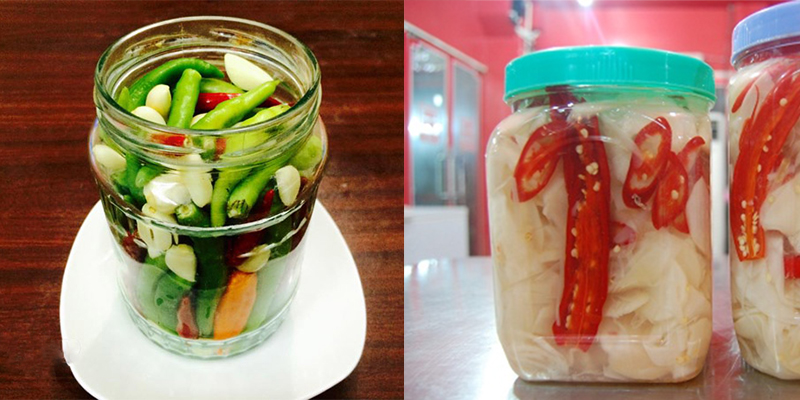
Who Should Avoid Eating Chillies?
The Capsaicin in chillies can increase blood circulation and heart rate, so individuals with heart and brain blood vessel-related conditions, chronic bronchitis, and high blood pressure should avoid consuming chillies.
Additionally, those with chronic stomach inflammation, stomach ulcers, chronic cholecystitis, gallstones, haemorrhoids, conjunctivitis, and keratitis should also refrain from eating chillies due to their irritant properties.
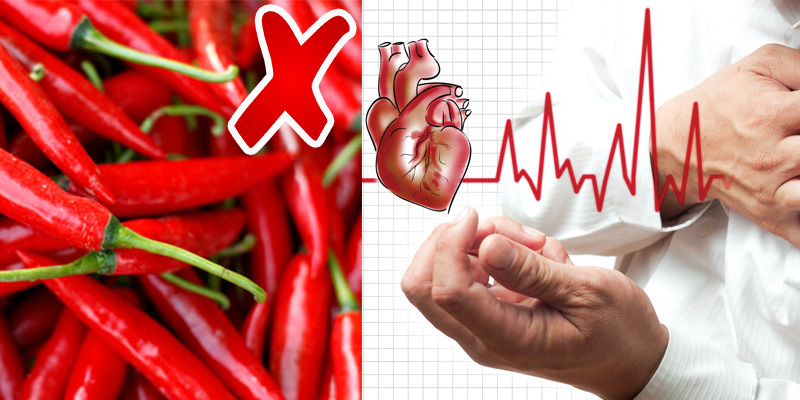
While chillies are a delicious and nutritious addition to meals, it’s important to use them wisely as outlined above. Always be a smart home cook for your family’s well-being.
Reference: sotaynauan.com
Discover the Incredible Benefits of Soaking Garlic in Wine
Discover the benefits of garlic wine with GREEN ELECTRICAL! Garlic has many substances that are beneficial for your health, and soaking it in wine can help to strengthen your body's resistance to disease. Come with us as we explore how to soak garlic wine and how it can be used to improve your overall wellbeing.


























